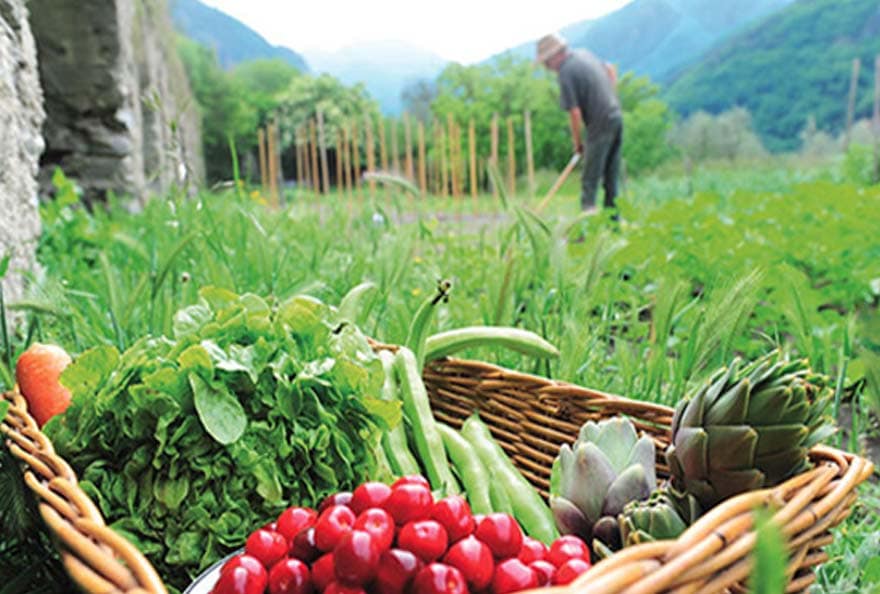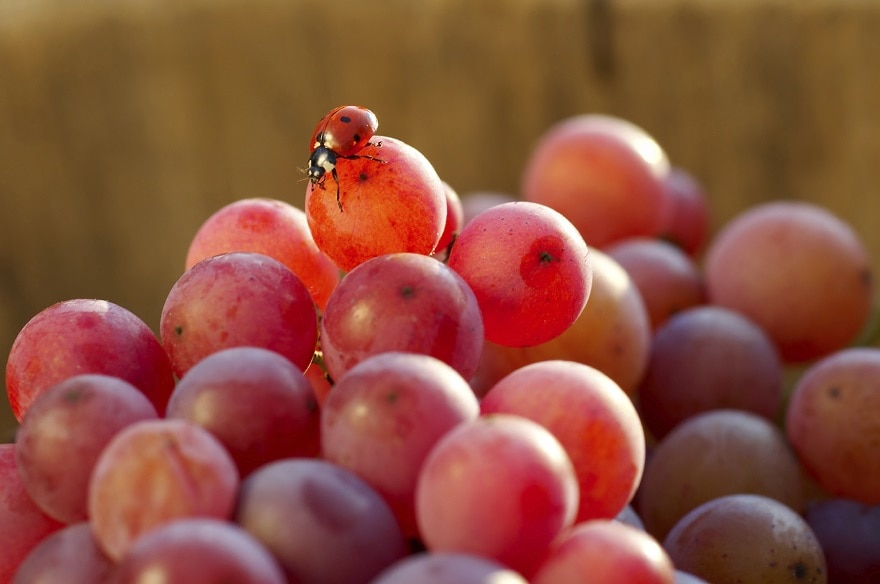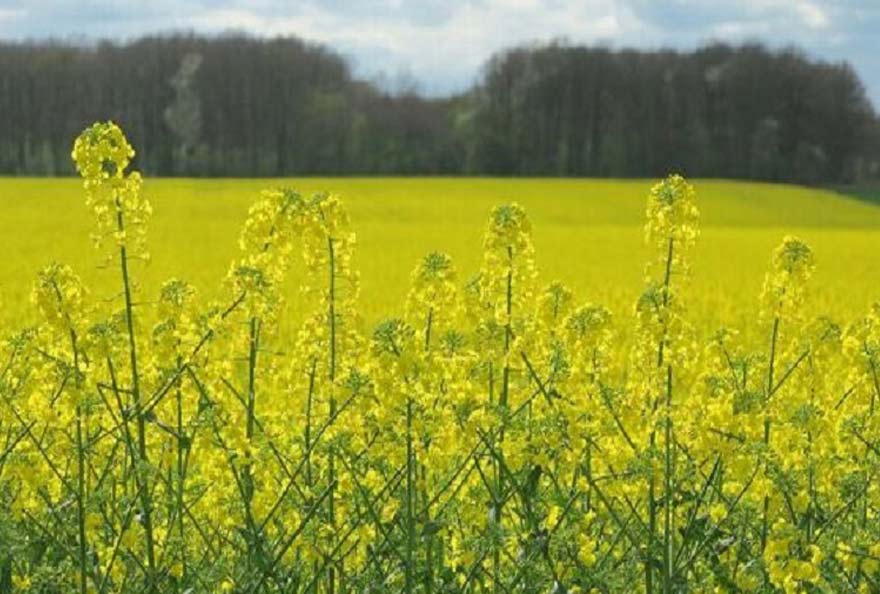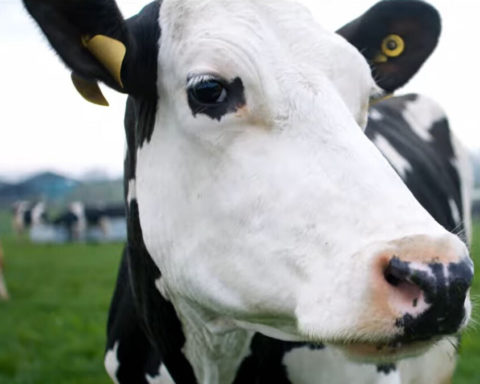Health and environmental issues: converging solutions
A half-full plate... to be accompanied by a sustainable food policy

TO READ: the comic book " Planetman's coming to the table." by Climate Action Network, written by Simon Coquillard - Script and drawings: Baptiste Ribrault












